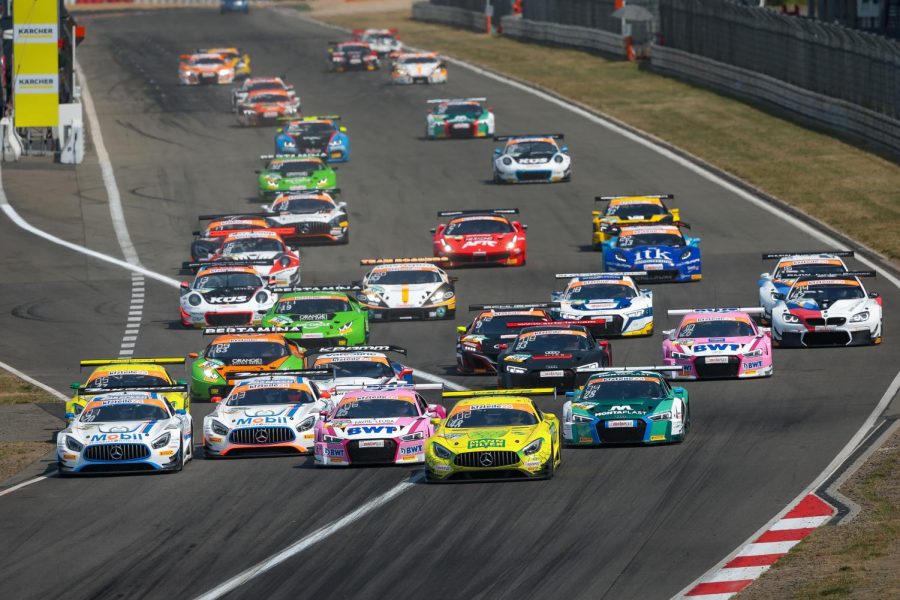GT Racing for DUMMIES
If you’ve ever been in a parking lot – which I’m sure you have – you’ve probably found yourself reading the models of cars you pass. Some cars, such as the Kia Stinger GT or Ford GT, end with ‘GT.’ But, what does GT even mean? You’re not the only person asking this question.
You might be surprised to learn that GT means ‘Gran Turismo,’ or ‘Grand Touring’ in English. Put simply, GT is an old term which refers to a car used to travel long distances reliably. But nowadays, ‘Grand Touring’ is no longer just a type of car – it’s a sport.
GT racing is a worldwide phenomenon. Road-going cars such as the Mercedes-AMG GT or Lamborghini Huracán have been adapted to be high-performance race cars capable of racing for up to 24 hours straight without major failures. The most common form of GT racing is called GT3. GT3 cars are often used in endurance racing, a type of racing in which teams of three or four drivers work together in shifts, or stints, to complete a multi-hour race – often three, six, 12, or 24 hours in duration.
Current GT3 brands include Audi, Aston Martin, BMW, Ferrari, Lamborghini, Lexus, McLaren, Mercedes-AMG, and Porsche. Each of these brands has a car that was homologated, or approved, to be its official GT3 car. While these cars must meet very strict guidelines to become homologated, every car has natural abilities and often major disadvantages.
To create a level playing field, race organizers use a system called BOP, which means ‘Balance of Performance.’ This is a process in which certain parts of every car will be altered based on their maximum performance. For instance, bulkier cars such as the Mercedes-AMG GT3 might receive a higher fuel capacity because they tend to burn fuel quicker than others. The rule-makers use complex equations to determine the fairest specifications for every model, making GT3 racing a very fair competition.
Yet another unique element of GT racing is the fact that it has ‘factory rosters,’ which are squads of professional GT drivers contracted to race for a specific manufacturer. Factory lineups exist to ensure that each manufacturer has elite drivers to represent the brand and win races. One such factory program is Lamborghini Squadra Corse, which currently employs eight professional racing drivers. The most recent addition to Lamborghini’s roster is Romain Grosjean, a former Formula 1 driver from France. Grosjean will join three other Lamborghini factory aces at the wheel of the No. 63 Lamborghini Huracán GT3 Evo II as they battle for class victory in the season opening race of the endurance season – the Rolex 24 at Daytona.
GT racing is a global phenomenon, with championships on every continent. The most prominent GT series in North America is the IMSA WeatherTech Championship, which features both Grand Touring cars and faster prototype sports cars on track together. The 2023 IMSA season will begin in Daytona Beach, Florida (Jan 28-29) as a massive 61 cars – including 33 Grand Touring cars – wage a 24-hour battle for victory in the season-opening Rolex 24 at Daytona.
The 2023 Rolex 24 at Daytona will begin at 1:30 PM EST on Saturday, January 28. All 24 hours will be streamed live on the Peacock app and telecasted on multiple NBC-affiliate channels.
Your contribution will allow us to purchase equipment, attend education conferences, and cover our annual website hosting costs.




















